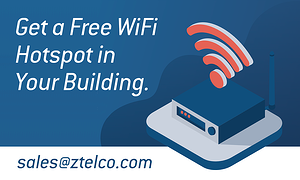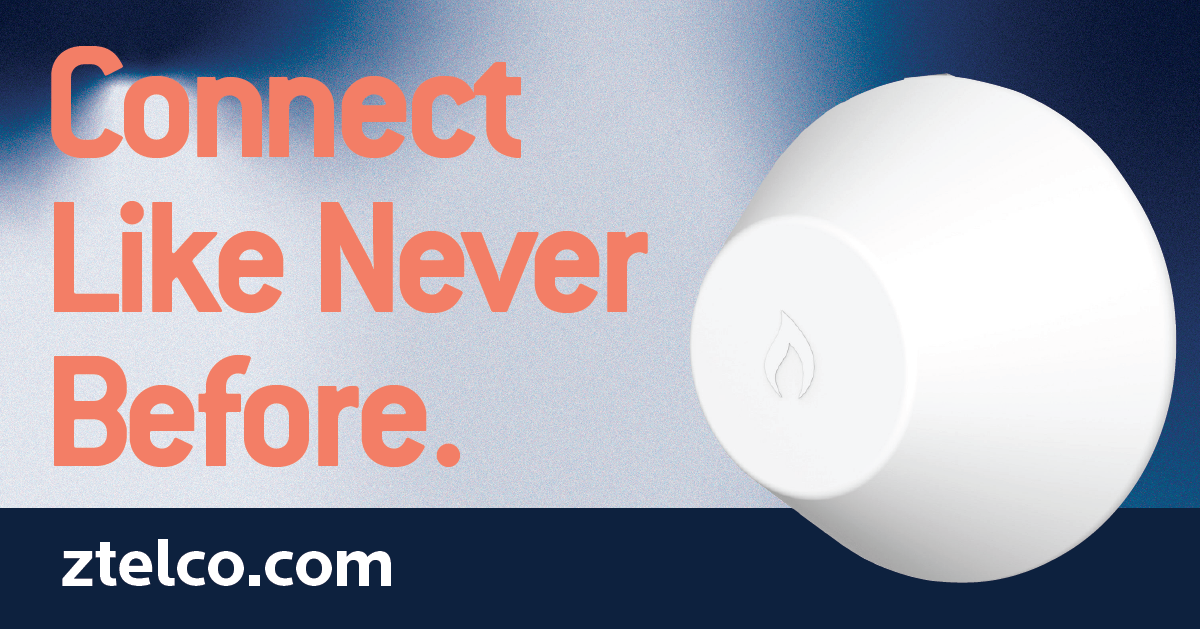Clearly times have changed and the needs of businesses have dramatically changed. Today’s consumers are more connected to the rest of the world than ever before, consuming data at incredible rates in their work and at home.
Businesses have responded with real-time solutions that connect as many devices to the web as possible, while marketing relies on large amounts of data to understand demographic needs and demands to make important business decisions.
This integration–marrying web connectivity with technology–means that just about every device in an office is now connected to the web in one way or another. Much more emphasis is being placed on finding a reliable internet service that can handle the added demand and for businesses in making sure solutions are scalable.
Business telephones are a perfect example of this marriage of technology and connectivity. 20 years ago everyone still used analogous landlines to communicate.
The term VoIP was unfamiliar and a little bit scary. Those who actually tried running a phone line via a 56K modem often found themselves frustrated at the possibility of ever using the internet to make phone calls again.

Internet speeds had not caught up with demand and difficulties establishing a clear connection killed the VoIP buzz. With the advent of DSL, internet phones became more palatable, but using both the internet and telephone at the same time, again, caused frustration.
Splitting a 128Kb signal between phones and internet usage was still not enough, either you slowed down your internet connectivity for everyone, or your phone calls suffered in quality, often dropping calls.
Then came cable. Cable changed the game for many users because now they could feasibly use internet phones without severely affecting voice or internet quality.
For several years it seemed as if Cable was a perfect solution, but there were a few drawbacks. Cable service was not available everywhere and required lengthy and expensive installation.
If a cable line was not already installed in your building, a service provider would often have to debate whether it was worth their time to drop a line. If deemed profitable, the cabling installation process would begin, and of course, the customer would pay for it. As technology needs continued to increase, the 100Mb speed offered by cable was no longer enough.
It’s Clear That Things are Changing for the Faster
The days of 100Mb speeds are gone, today more than ever, customers want to scale, but adding multiple users—whether phone or internet—to a single 100Mb connection gives businesses Dejá Vu, as they think back to their first VoIP experience back in the 56k days.
So what’s up with Fiber?
Everyone has heard about how fiber internet is going to change the world. Fiber is supposed to solve this problem by giving us access to fiber speeds. This means more scalability, better reliability, all without compromising on speed or quality. For years, we have been talking about fiber, but unless you are part of the very lucky few who have access to a fiber signal, then you’re still left scratching your head. Where is this fabled fiber solution?
It’s Clear That Tomorrow’s Connectivity is Wireless
Fiber installation turns out would face a lot of the same problems that cable did. It is expensive to install, even more so because fiber cables are typically installed underground. In order to install fiber, a large amount of construction has to go towards cutting and digging up streets and sidewalks in order to install miles and miles of expensive glass cabling.
Getting a circuit in your building can take months, years, or it may simply be impossible. We hear these stories all of the time. A business moves into a new building and signs a 12-month lease, just to find out there is only standard DSL connectivity in their building. What is a business owner to do?
ZTelco Introduces Fixed Microwave Radio Receivers
In 2006 ZTelco began to work on a solution to improve VoIP quality problems. Slowly but surely ZTelco began to build its city-wide infrastructure bringing fiber connectivity to businesses wirelessly.
By installing a fixed microwave receiver on a building’s rooftop, businesses can connect to the closest fiber network wirelessly, without the construction needed to install fiber cabling.
While ZTelco’s mission was to provide crystal-clear phone services, the outcome was so much more. ZTelco would come to expand its product offerings to include fiber internet, IT support, cabling services, and managed infrastructure services.
Read more about how ZTelco started
Where Are We Going Next?
Get Connected with Us Today
Now that ZTelco has been providing business solutions for nearly 15 years, demand from the San Diego and Southern California community is pulling ZTelco into new frontiers. Currently, under development, ZTelco is creating advanced telephone and internet features that add extra functionality to existing networks.
Customers will soon have access to even more marketing and sales features that help businesses optimize their marketing, sales, and customer support.
In a time when more devices than ever need to be connected, be sure to rely on a network that can provide the performance and functionality you need to succeed. Sign up for our newsletter to get news and updates about these and other features that are currently under development.

Leave a Reply
You must be logged in to post a comment.